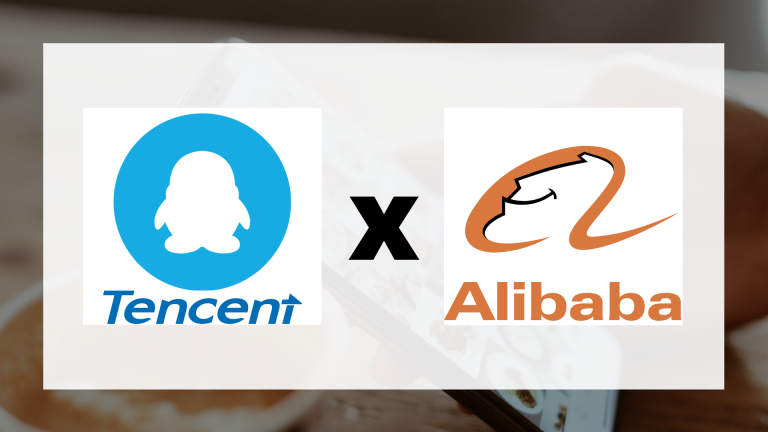

These uses could alter the interactions the users would expect of digital monies), such as who should send the money, who the money is for, what the money is for, when the money should be sent, and on what condition the money should be sent. But monies contain much more informal and nuanced uses (e.g., between friends, and with microenterprises. Many digital and mobile payment systems have focused on fulfilling a small set of design needs, chiefly to increase transaction speed, and reduce cost of use. Finally, our analysis arrived at our conceptual frame- special digital monies-to highlight how digital monies, by allowing users to alter and define their transactional rules and pathways, could vastly expand the potential of digital monies to support users beyond standard retail contexts.


Through semi-structured interviews with 24 Chinese users and grounded theory coding, we identified five contexts in which the flexibility and extensive functions of these payment apps have allowed these users to adaptively use digital monies in highly flexible ways. In this study, we examined the design of Alipay and WeChat Wallet, two successful mobile payment apps in China, which have been used by Chinese users for purposes such as playing, gifting, and ceremonial practices. While research studies of digital and mobile payment systems in HCI have pointed out design opportunities situated within informal and nuanced mobile contexts, we have not yet understood how we can design digital monies to allow users to use monies more easily in these contexts.


 0 kommentar(er)
0 kommentar(er)
